Are you a plant enthusiast looking for a way to indulge your passion further? Creating a greenhouse garden room in your home could be the perfect project.
A garden room is a dedicated space designed to host and nurture plants, fostering a closer connection with nature right inside your home.
This blog post will guide you through creating a beautiful and thriving garden room, from planning to maintenance. Whether you’re a seasoned home gardener or a DIYer looking to start a new project, this guide is for you.
Introduction to Garden Rooms
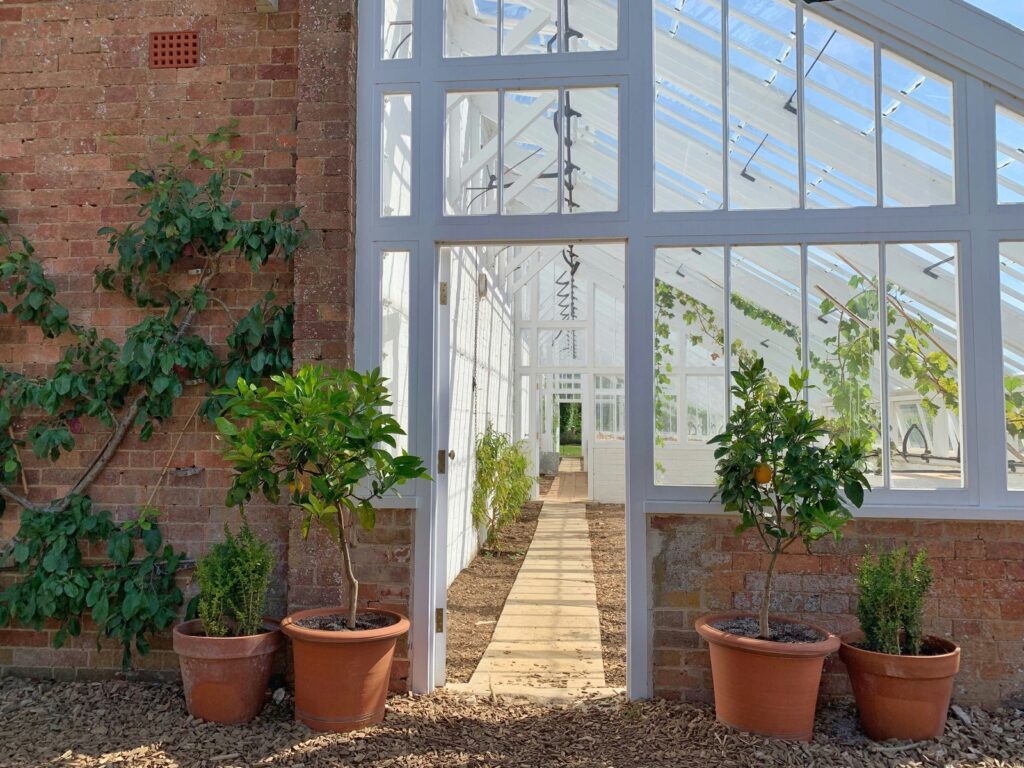
Garden rooms are spaces dedicated to your green friends, designed to meet their light, climate, and space needs. They can vary in size and functionality, from small corners filled with potted plants to large sunrooms that double as living spaces. The benefits of having a garden room include improved air quality, a constant connection with nature, and a personal retreat space to relax among your plant collection.
Planning Your Garden Room Greenhouse
Selecting the Right Space
The first step is to choose where your garden room will be. Ideally, it should be an area with plenty of natural light, such as a spare room, a section of your living room, or even a repurposed closet. Consider the room’s orientation; south-facing rooms get the most light, which is beneficial for most plants.
Understanding Light and Climate Needs
Different plants require different light and temperature conditions to thrive. Research the plants you wish to include in your garden room to ensure the space can meet those needs. You might need to invest in grow lights and a humidifier or dehumidifier to create the ideal environment.
Roof Vents and Entryways
Proper ventilation is critical for any greenhouse or garden room to prevent overheating and promote air circulation. Consider installing four roof vents or windows that can be opened to regulate the temperature inside. You should also have an entryway with a screen door to allow for fresh air flow while keeping pests out.
Traditional Greenhouse Frame or DIY?
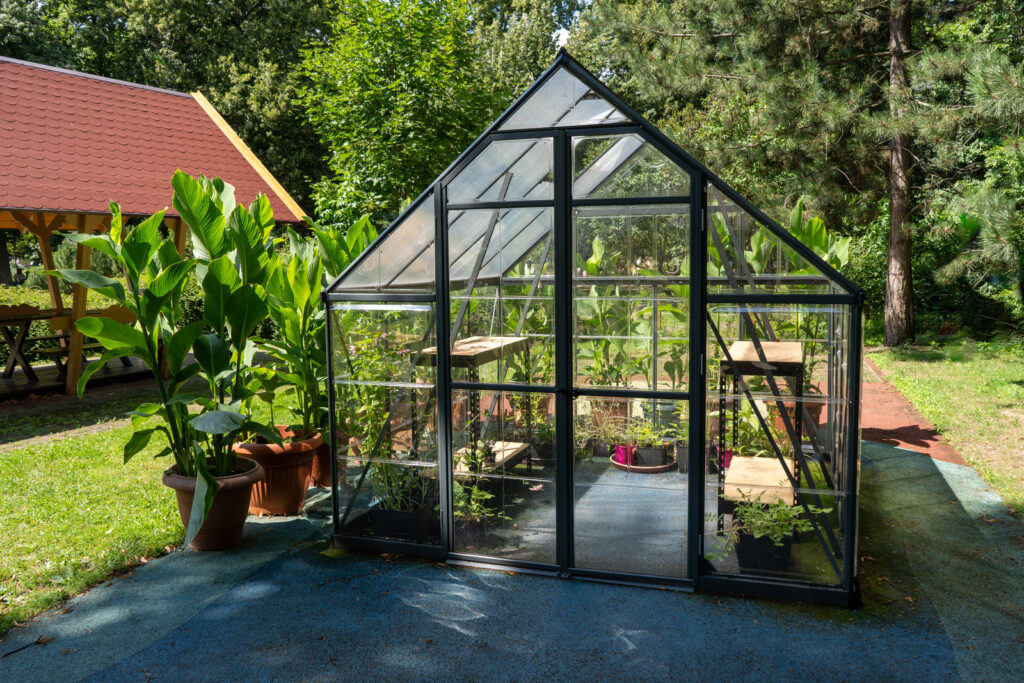
Once you have a plan in place, it’s time to decide on the structure of your garden room.
Traditional greenhouse frame with full length toughened safety glass panels is a popular option, providing ample natural light and durability. However, they can be expensive and require professional installation.
DIY garden room using plastic sheeting or polycarbonate sheets is a more affordable alternative that allows for customization. With proper sealing and insulation, it can also provide a suitable environment for your plants.
Traditional orangery greenhouse design with brick base and full length toughened safety glass windows can add a touch of elegance and sophistication to your garden room, but it also comes with a higher price tag.
Design and Layout Tips
Creating an inviting garden room involves more than just arranging plants. Consider the following:
- Flow and Functionality: Ensure there’s enough space to move around and care for your plants. Incorporate seating to enjoy the room fully.
- Levels and Layers: Use shelves, hanging planters, and stands to create visual interest and maximize space.
- Theme and Style: Decide on a theme or colour scheme such as dark green that reflects your personal style and complements the rest of your home.
- Flooring: Choose flooring that is easy to clean and doesn’t trap moisture, such as tile or vinyl.
- Accessories: Add personal touches like artwork, decorative pots, and unique planters to make the space feel more personalized.
Standard Features:
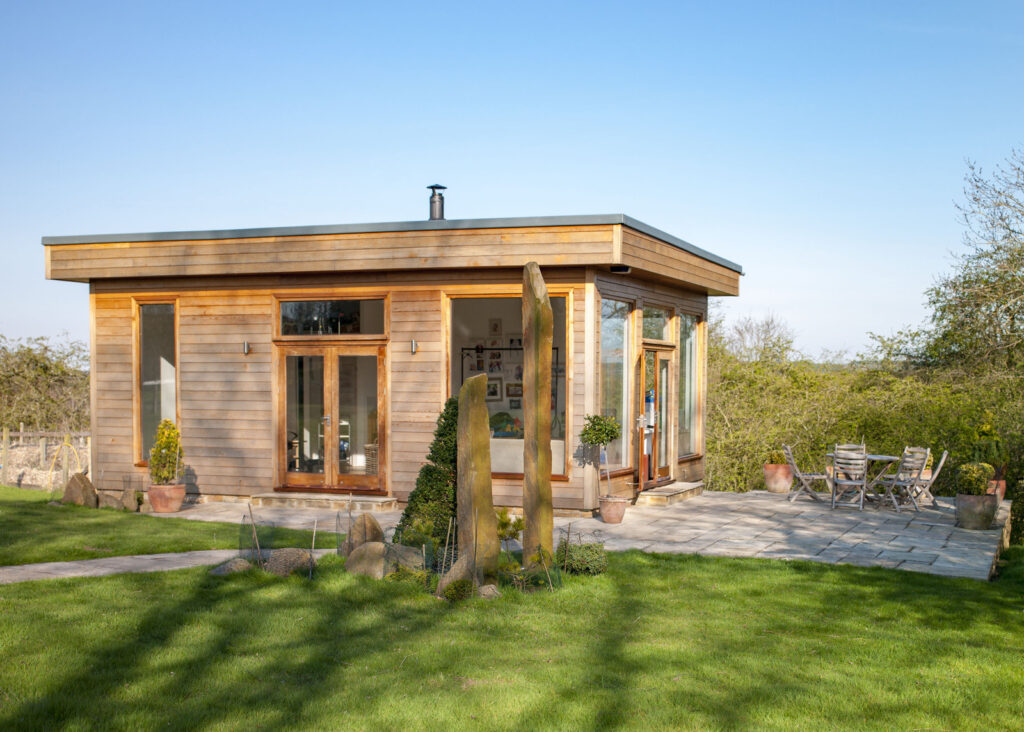
Install Four large roof vents or windows that can open to regulate temperature and ensure proper ventilation and use toughened glass with snow loading capacity to withstand harsher weather.
Air Contained garden room greenhouses are also popular options allowing for greater control over temperature and humidity levels inside.
Innovative Features:
- Automatic Irrigation System: Invest in an automatic irrigation system to make caring for your plants easier and more efficient.
- Smart Technology: Consider adding smart technology like a thermostat or lighting system that can be controlled remotely through your phone.
Plant Selection Guide
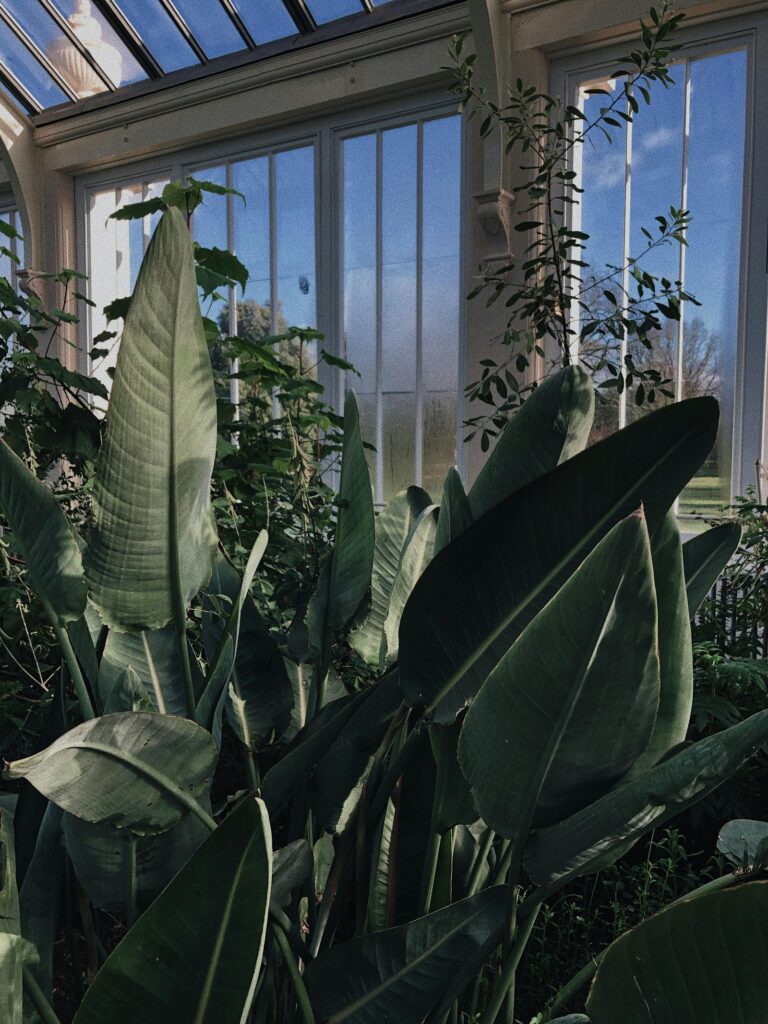
Choosing the right plants for your garden room is crucial. Consider the following factors:
- Lighting: Select plants based on the available light in your room. Some plants thrive in low light, while others need bright, indirect sunlight.
- Size and Growth: Pay attention to the mature size of the plants to ensure your space can accommodate them.
- Care Requirements: Opt for plants that match your lifestyle and the amount of time you can dedicate to their care.
DIY Projects to Personalize Your Garden Room
Personalizing your garden room with DIY projects can make the space feel more like your own. Here are a few ideas:
- Plant Stands: Build custom stands to fit your space and display your plants at different heights.
- Shelving: Install shelves on walls or windows to create more room for your plants.
- Decorative Elements: Add personal touches with handmade pots, painted containers, or unique stones.
- Decorative Cresting: Install decorative cresting along the roof of your garden room for a touch of Victorian charm.
Maintaining Your Garden Room
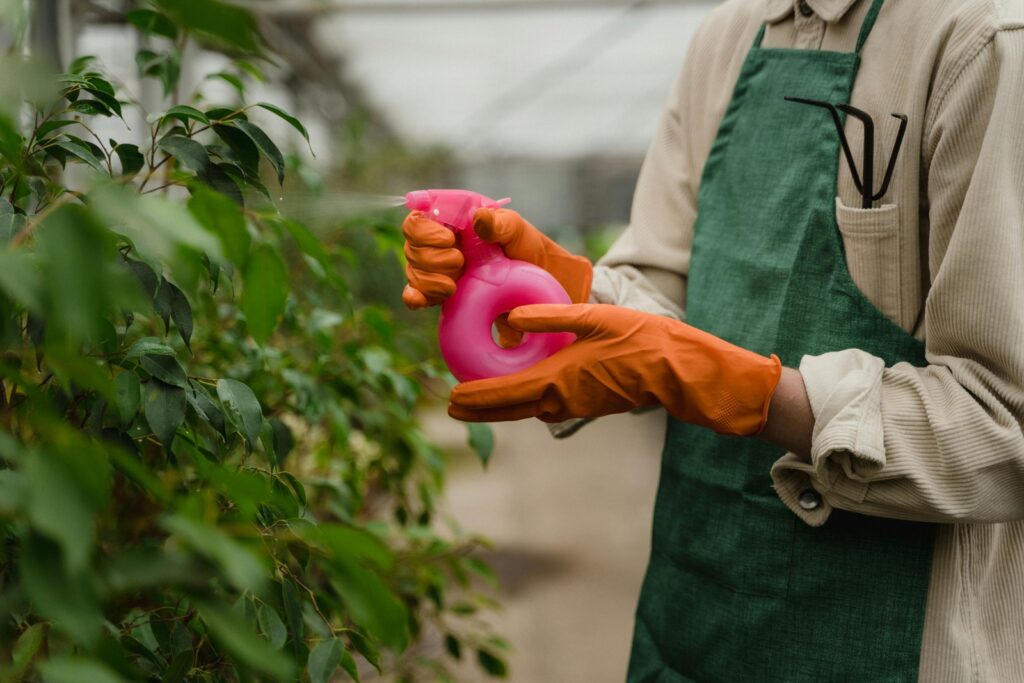
To keep your garden room thriving, regular maintenance is key. Here are some essential tasks:
- Watering: Follow a consistent watering schedule and check soil moisture levels regularly.
- Pest Control: Keep an eye out for pests and address any issues promptly to prevent an infestation.
- Fertilizing: Use a balanced fertilizer according to the needs of your plants.
- Cleaning and Pruning: Regularly clean windows, floors, and surfaces. Prune any dead or damaged foliage to promote healthy growth.
Conclusion
Creating a garden room is a rewarding project that brings the beauty of nature into your home. It’s a space for relaxation, creativity, and connection with the natural world. With the right planning, design, and care, your garden room can become a lush, vibrant retreat that you and your plants will love.
Remember, the key to a successful garden room is understanding the needs of your plants and creating an environment where

